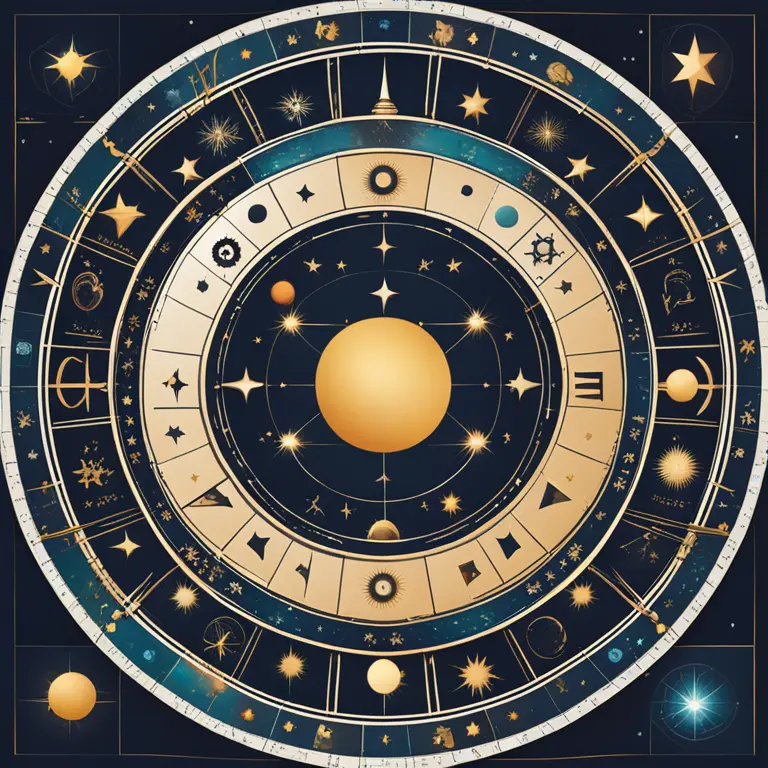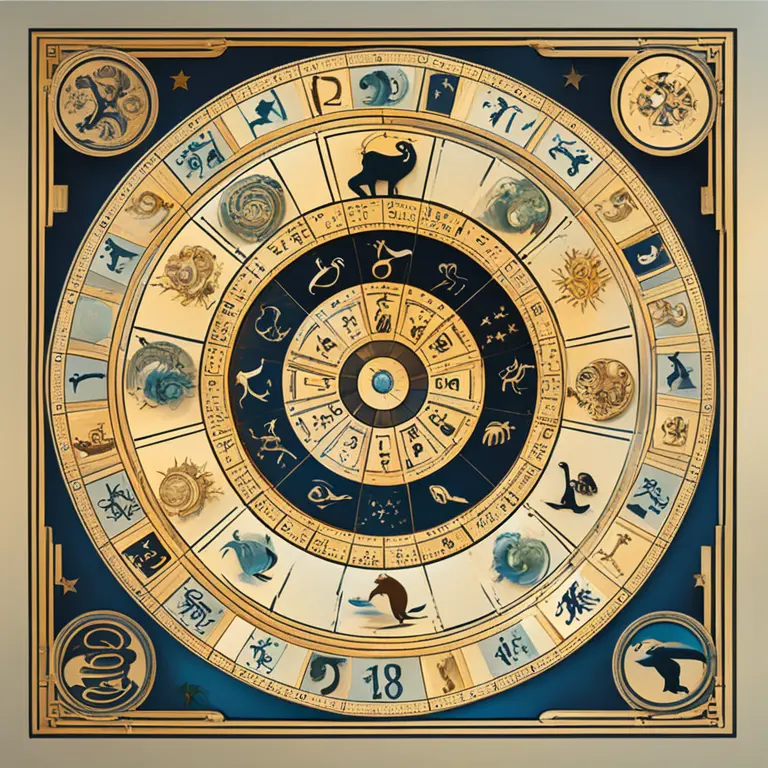
A Beginner's Astrology Guide: Stars and Symbols
Dive into the basics of astrology with our concise beginner's guide to understanding the cosmic influence of stars and symbols.
article by Priya Deshmukh
Introduction to Astrology
Astrology is a fascinating field that studies the movements and relative positions of celestial bodies as a means for divining information about human affairs and terrestrial events. While astrology has been practiced for thousands of years, its techniques and interpretations continue to evolve. At its core, astrology posits that the alignment of planets and stars at the time of birth influences a person's personality, life events, and fate—an idea that resonates with millions worldwide. As we proceed, we'll explore the fundamental components of astrology, laying the foundation for a deeper understanding.

The Zodiac Signs
The zodiac is a celestial coordinate system that divides the sky into twelve segments, each represented by a sign. These signs correspond to constellations and are split into four elements—Fire, Earth, Air, and Water—which are believed to describe personality traits. Aries, Leo, and Sagittarius are Fire signs, known for their passion and vitality. The Earth signs—Taurus, Virgo, and Capricorn—exemplify practicality and reliability. Air signs, Gemini, Libra, and Aquarius, are associated with communication and intellect, while the Water signs—Cancer, Scorpio, and Pisces—are intuitive and emotional.

Planetary Influences
Planets play a crucial role in astrology as each is associated with specific aspects of life and personality. The Sun represents our core identity, the Moon governs emotions, Mercury influences communication, Venus reflects love and beauty, and Mars drives our ambitions and aggression. Larger celestial bodies like Jupiter and Saturn represent growth and structure, respectively, while the generational planets Uranus, Neptune, and Pluto symbolize change, dreams, and transformation. As astrologers chart the planets' positions, they can interpret the potential effects on an individual's life course.

The Ascendant and Houses
Your Ascendant, or rising sign, represents your social personality and how others perceive you. It is determined by the zodiac sign that was on the Eastern horizon at your time of birth. Furthermore, an astrological chart is divided into twelve houses, each corresponding to different life aspects such as career, relationships, and personal growth. The planets and signs that reside in these houses further refine an individual's astrological profile, providing nuanced insight into their life path and challenges.
Aspects and Transits
Aspects are angles formed between planets, influencing how their energies interact. Conjunctions (when planets are in close proximity), oppositions (when they are opposite each other), and trines (120 degrees apart) are some examples of aspects that can have harmonious or challenging effects on an individual's life. Transits, the movement of planets as they travel through the zodiac signs, also play a significant role. These cosmic events can trigger significant life changes, reflecting the dynamic and evolving nature of our experiences.
Modern Astrology
As we look ahead from 2024, modern astrology continues to innovate with the integration of technology and psychological insights. Astrological software offers precise chart calculations, while contemporary astrologers emphasize the spiritual and self-awareness components of their practice. With a mix of ancient wisdom and modern interpretations, astrology remains a tool for understanding the complexities of our lives and personalities.
Published: 2/13/2024
Modified: 2/13/2024
More predictions
Come back here soon to learn more about yourself and your future


Mastering Tarot Basics: A Beginner’s Guide
Embark on a journey into the art of tarot reading with our beginner’s guide, covering fundamental concepts and practical how-to steps.


The Moon Tarot Card: Insights and Meanings
Delve into the profound symbolism and astrological implications of the Moon Tarot card for guidance and personal reflection.


The Tarot Card Deck: A Gateway to Mystical Insights
Discover the tarot deck's rich symbolism and its role in personal growth and foresight. An insightful guide to the power of tarot cards.